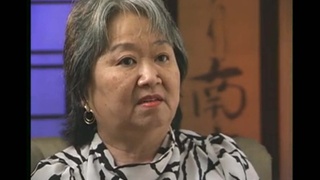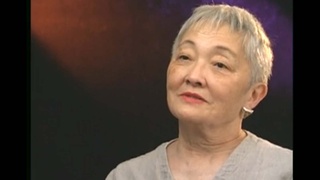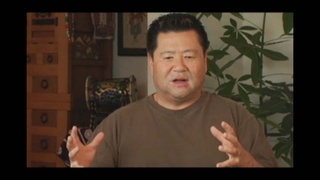Interviews
Connecting to Japan
The first time I went to Japan was on a tour with Linkin Park and I think it’s really interesting and fun for a person to be able to do something like that, to kind of like just get back to your roots and see where you’re from, to a certain extent. My…the weirdest thing, the thing that struck me the most about the trip was that things would feel familiar for no apparent reason. Like I would just see the way people acted or talked and I couldn’t understand. Like I don’t speak Japanese so I couldn’t understand what they were saying, but just little things about it because of my family just felt a little familiar. And it’s those really…it’s not like something that would hit you over the head or…it’s not obvious at all. It’s the subtleties in it that really are striking. So I think that trip really made me think, you know, that I’m not as…even though I am half and even though I don’t speak Japanese, there is a certain connection I personally just felt and it is a sense of like, “OK, I do kind of belong somewhere a little bit and I can relate to that.”
Date: January 16, 2006
Location: California, US
Interviewer: Chris Komai and John Esaki
Contributed by: Watase Media Arts Center, Japanese American National Museum
Explore More Videos







Advantages of being Nikkei (Spanish)
(b. 1950) Nisei Chilean, Businessman


Childhood shame for being Nikkei in Enumclaw, Washington
Judge, only Japanese American to serve on CWRIC.

On the Impact of the Camp Experience
(b. 1942) The first Asian American woman judge

Thoughts on the term, "Nikkei"
(b. 1949) Musician and arts educator and adminstrator.

Post-redress future of Japanese Americans
Judge, only Japanese American to serve on CWRIC.



Need generational change in Japanese community (Spanish)
(1925-2014) La Plata Hochi, Journalist
